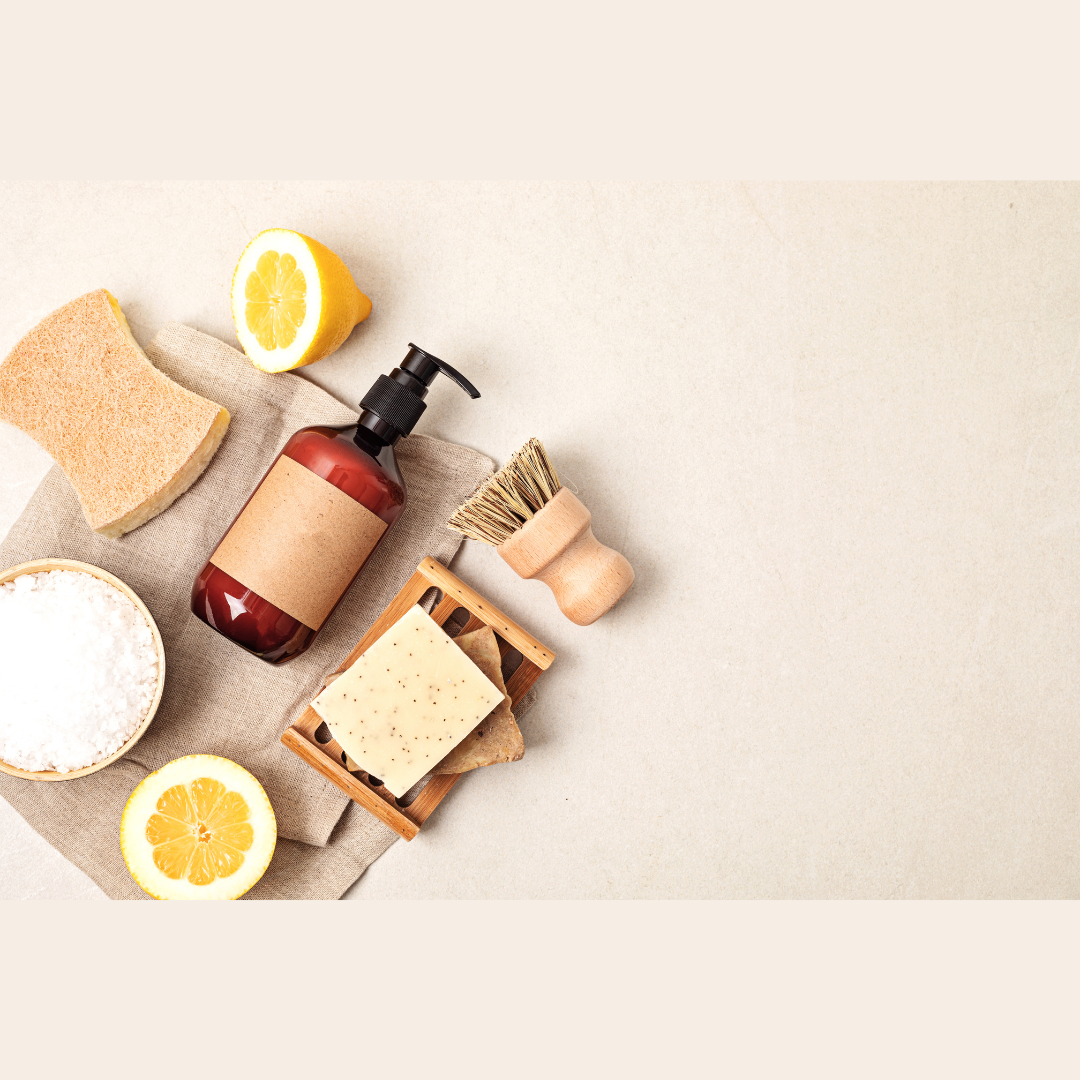In the United States, the Animal Poison Control Centre of the American Society for the Prevention of Cruelty to Animals (ASPCA) reports that 8.3 percent of calls for poisoning in pets are caused by exposure to household cleaning products.
Your pet can be exposed to harmful cleaning solutions if they are licking, inhaling, or eating them, or if they have come into contact with your pet's skin or eyes. The dangers that these chemicals present depend on the ingredients that they contain, which can differ from product to product.
It may be challenging for pet owners to undertake a comprehensive sorting of cleaning products in their homes. This is because the labels on cleaning supplies may be difficult to understand in terms of the potential chemicals and toxins that could be dangerous to their pets. In this article, we will list a few products you want to avoid when buying a cleaning product.
Common Cleaning Products That Are Not Pet-Safe
Following are some of the most common cleaning products and chemicals that are not safe for pets:
Ammonia:
Ammonia is one of the most potent substances which is found in cleaning solutions, including floor polishes, window cleaners, floor polish wax, multi surface cleaner as well as a carpet cleaner.
Its powerful smell and volatility can irritate pets' respiratory systems, causing irritation and in extreme cases, chemical burns or pneumonia. This is especially true when the pet is exposed to large concentrations. Avoid using this type of product when your pet is nearby.
Bleach and chlorine:
Two substances that are chemically identical to one another are chlorine and bleach. The concentration of each is what differentiates them from one another.
Bleach is more likely to have a concentration of 3% to 6%, but the concentration of pool chlorine can range anywhere from 10% to 12%.
When it comes to product labels, sodium hypochlorite is the name that is most commonly used to refer to the potentially hazardous component. Bleach is found in tile cleaners, disinfectants, pool chlorine tabs as well as drain cleaners.
Formaldehyde:
Formaldehyde can be found on the label of a product under a variety of names, including formalin, formic aldehyde, methanal, methylene, and quaternion-15. Formaldehyde is found in bathroom cleaners and laundry detergents and is not safe for pets.
Phenol:
Polyphenols can be stated on the label of a product under a number of different names, including butylated hydroxytoluene, benzenol, carbolic acid, phenolic acid, bakelite, and alkylphenols.
Phenol is a powerful corrosive found in household products such as soap, disinfectants and laundry detergents. Exposure to phenol can cause heart, kidney, liver and lung problems in pets.
Isopropyl Alcohol:
Additionally, rubbing alcohol is another common name for isopropyl alcohol. It is commonly listed on product ingredient listings alongside a percentage that specifies the concentration of alcohol.
It is included in the formulation of both antiseptics and cleaning products. It is highly toxic if ingested and you should avoid contact between isopropyl alcohol and your pet.
Toxicity of Cleaning Products In Pets
Certain compounds, such as ammonia, chlorine, bleach, formaldehyde, and isopropyl alcohol, are among the most common types of substances that prove to be hazardous to the health of dogs, cats, and other pets.
It is important to note that the level of toxicity and the severity of sickness can be significantly impacted by the concentration, the amount of the substance that is exposed to the pet, and the route of exposure (whether it is ingested, inhaled, or touched).
Ingestion of cleaning agents can result in drooling, pawing at the lips, throwing up, nausea, not eating meals, disturbed stomach, disorientation, sleepiness, seizures, and coma.
Frequent clinical signs that might occur when pets breathe in cleaning harmful agents are sputum from the nose, mucus being coughed up, having difficulty breathing, and having a fast heart rate and breathing rate.
Among the common clinical signs that might occur when pets come into contact with dangerous cleaning chemicals are rash and a reddened appearance, bruises, ulcers, and other injuries, irritation of the skin, and burns brought on by toxic fumes.
What To Do If Your Pet Is Exposed To A Harmful Cleaning Product
If your pet comes into contact with a harmful cleaning product, it could be considered a medical emergency. Immediately act in order to determine whether or not a visit to the emergency department is required by assessing:
- Any medical condition that your pet might have previously;
- Item your pet is exposed to;
- Amount of exposure that your pet was subjected to.
Household cleaners can have a wide range of toxicity levels for animals, ranging from mild to lethal. Make an effort to read the product's label or the packaging in order to facilitate the process of identifying the components of the product.
Nevertheless, even with the product label, it may still be difficult to determine whether or not hazardous compounds are present. This is because hazardous substances may be listed under a number of different names.
If you are unsure about the level of toxicity of a product contact your veterinarian.
Pet-Safe Cleaning Products
By switching to cleaning solutions that are safe for pets whenever it is feasible to do so, the danger of exposure to hazardous chemicals can be reduced. There are many pet-safe cleaning products made in Quebec.
You can also create a natural cleaning solution that's safe for your pet by simply combining 50% water and 50% white vinegar.
Do not hesitate to contact us if you have any questions !
References:
- Higgs, V., DVM. (2024, February 7). Common cleaning products that can harm your pets. https://www.petmd.com/poisoning/cleaning-products-that-harm-pets
- Joyner, L. (2020, May 9). The cleaning products you should never use around pets. House Beautiful. https://www.housebeautiful.com/uk/lifestyle/cleaning/a32387224/cleaning-products-toxic-pets/

